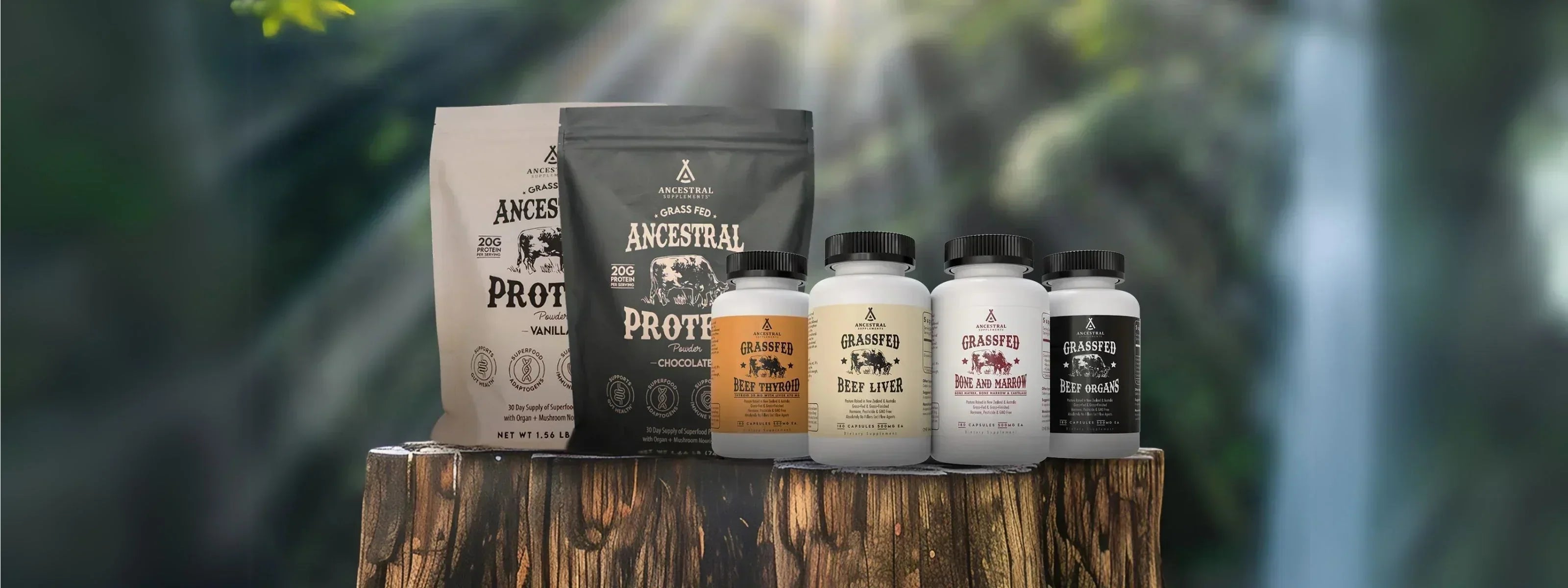
Why am I not losing weight?
Guest blog by Kelly Mostard.
Fifty percent of Dutch people are overweight. And that’s despite there never having been more focus on the need to eat healthily and exercise enough. Every gym offers a special weight-loss program, and diet books and advice are everywhere. The success stories that give diet books and programs their legitimacy are often based on short-term wins: the regime is followed for a certain number of months, the person loses a bunch of kilos, and is ecstatic with the result. But look at that same person two years later. Are they still as lean and just as enthusiastic? Chances are, no. Look around you… How many people do you know who lost a lot of weight and managed to keep it off successfully for years? Now compare that to how many people you know who would love to lose weight sustainably but can’t seem to make it happen… You probably know a lot more from that latter group!
Why is every weight-loss attempt doomed to fail?
Where exactly lies the cause of this chronic overweight problem? Why can’t we shed the kilos? Or if we do manage to lose them, why can’t we keep them off after all the effort, sweat, pain, and tears it cost us? Do we lack discipline? Do we eat too much again? Do we move too little? Maybe… but the idea that we simply eat too much, move too little, or are lazy is far too simplistic and outdated.
The most important question we should ask is: why do we keep repeating the same thing when it’s clear time and again that it doesn’t work? Something about a donkey and a stone. Why don’t we look beyond the edge of our plate?
The cause of the 21st-century hormonal catastrophe called obesity may lie at a much more basic level than diet and exercise. What existed before there was food—or even humans? Humans haven’t been on Mother Earth for very long. Millions of years ago there were dinosaurs, and before them there were plants. Before plants, there was an atmosphere—prerequisites for life. All of this was originally made possible by the presence of the sun in our universe and its distance from the earth. The sun was there when the dinos roamed—and long before. It was there when the very first plants and animals (our food!) and we ourselves evolved—and it’s still here now! Every year, every season, every day.
The sun rules!
The sun determines everything on earth: how long the day lasts, how warm it is, and what grows and blooms outside. Every cell in our body is tuned to the sun’s rhythm. The sun therefore effectively governs everything in our body—from molecular processes to our hormonal state! It is the director of life, the captain of our biochemical ship called the human body. The sun gives our body signals about the time of day, but also about the season, how warm it is, and what season is coming—hence what foods will be available and how we will behave: Is it time to find/build warm shelter for winter, must we work hard to obtain food, or is there abundance and time to reproduce?
The extinct winter
Throughout our evolution, there was this captain our cells relied on. Until humans, with their neocortex (the brain region that distinguishes us from animals and makes us human), began tailoring the environment to their wishes. Wintry cold and short days were not our favorites. The warm summer with long bright days—and thus plenty of time to work—fit our economic worldview nicely. Thanks to technological development, which we owe to that same neocortex, we were able to do away with winter: central heating, hot running water, even electric blankets. No more ice crystals on the inside of the window in the morning. Indoors it became “summer” all year round at a comfortable ~20 °C, and a warm morning shower made us forget it was winter outside. And thanks to Thomas Edison’s light bulb, it was “summer-bright” indoors too. Even if the sun set at five outside, inside we had unlimited access to what our primitive brain interprets as sunlight.
Chronic summer gluttony
Across our evolution, summer is when nature offers abundant food. Delicious, carbohydrate-rich vegetables and fruits full of solar energy characterize summer. It’s the time to build fat reserves to survive the colder, food-scarce winter. There’s plentiful access to energy-dense foods to lay down a nice insulating layer to last until spring. In the past, our cells received exactly the right signals from the sun to know what to do. Warmth, long daylight, and energy-rich food meant SUMMER. Summer was the season of eating plenty—healthy, short-lived, and crucial for surviving winter and reproducing.
To the cell, it’s always summer
With our clever innovations, we’ve overridden the sun’s ancient signals. And while that’s comfortable and has given us time and energy to become even smarter and more economically successful, physiologically it’s a disaster! “20 °C, long daylight, and energy-rich food in abundance? It must be summer!”—that’s what our modern environment tells our cells. Our body is an intelligent machine and will exploit the opportunities of “summer” to prepare us for the coming winter: it stores as much energy as possible on the belly, legs, and buttocks to avoid the deadly threat of starvation—winter’s great danger. And that’s where it goes wrong … the winter our cells are preparing for will never come! It hasn’t come for the past 20, 30, 40 years—and it won’t come for the next 20, 30, 40 years either … but our body doesn’t realize that.
And until it truly becomes “winter” again, the cells will keep preparing for it. How long do you want them to keep doing that?
Even now, in spring, you can make adjustments to give your body the right biorhythm signals. Outside it’s still quite chilly, the sun sets around seven, and hot running water is hard to find outdoors. Use summer for what it’s meant for: enjoy, eat, make love, and stay up later. But not yet!

